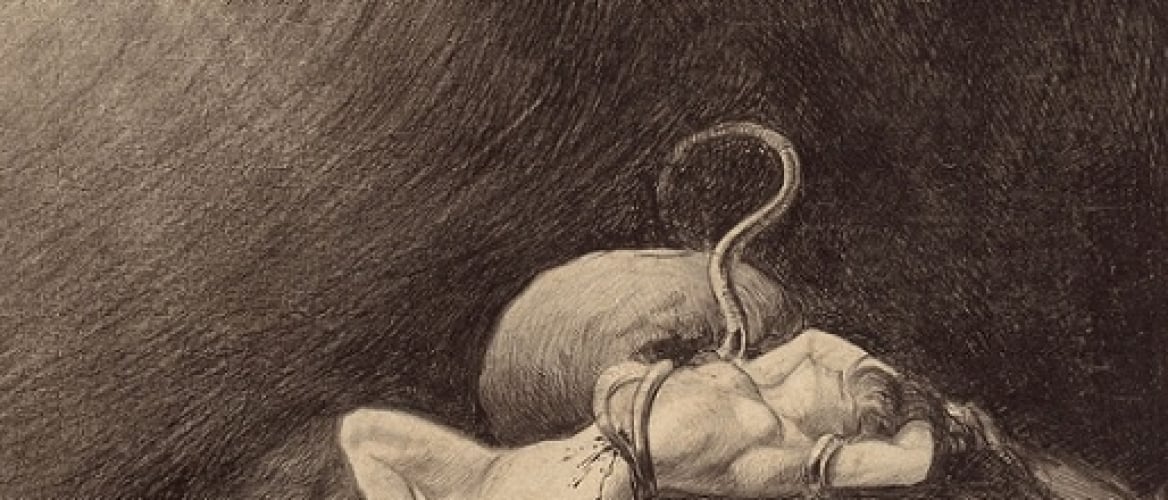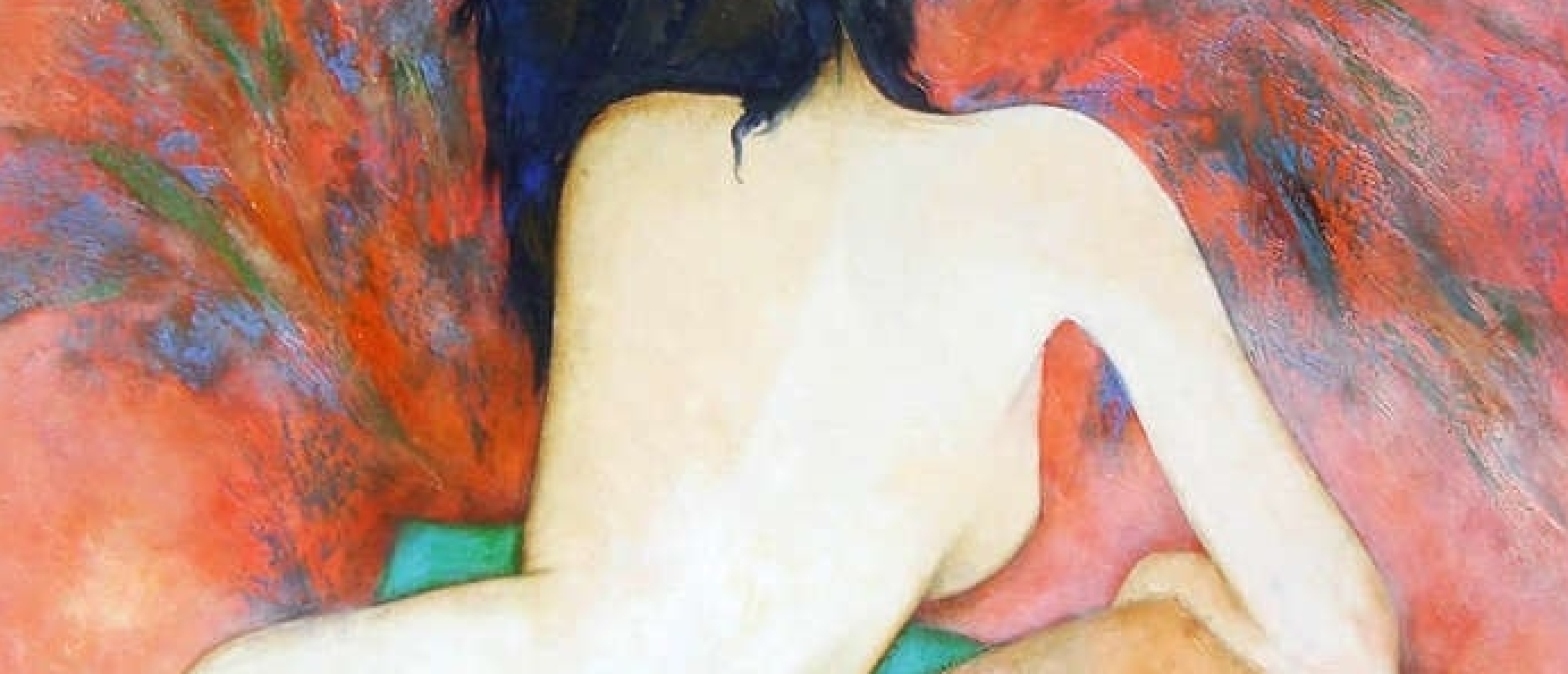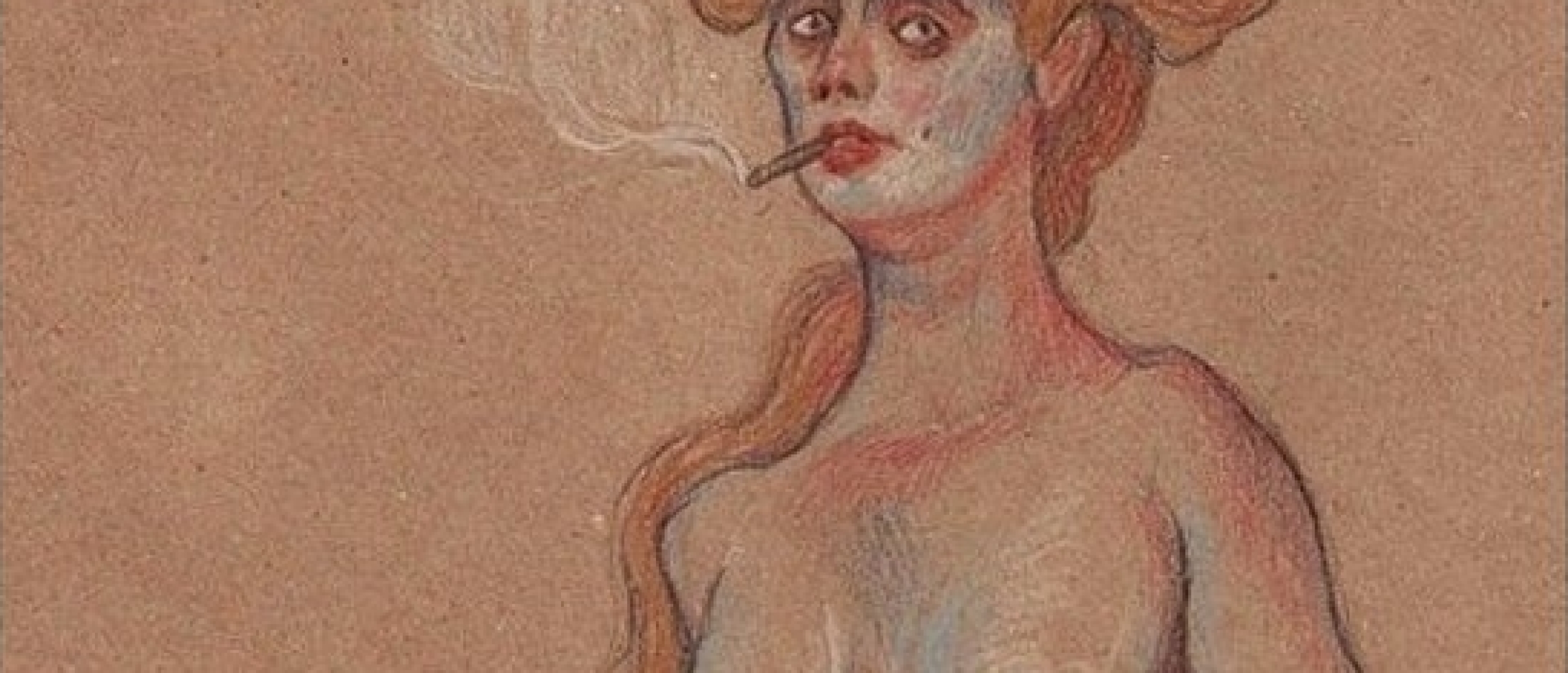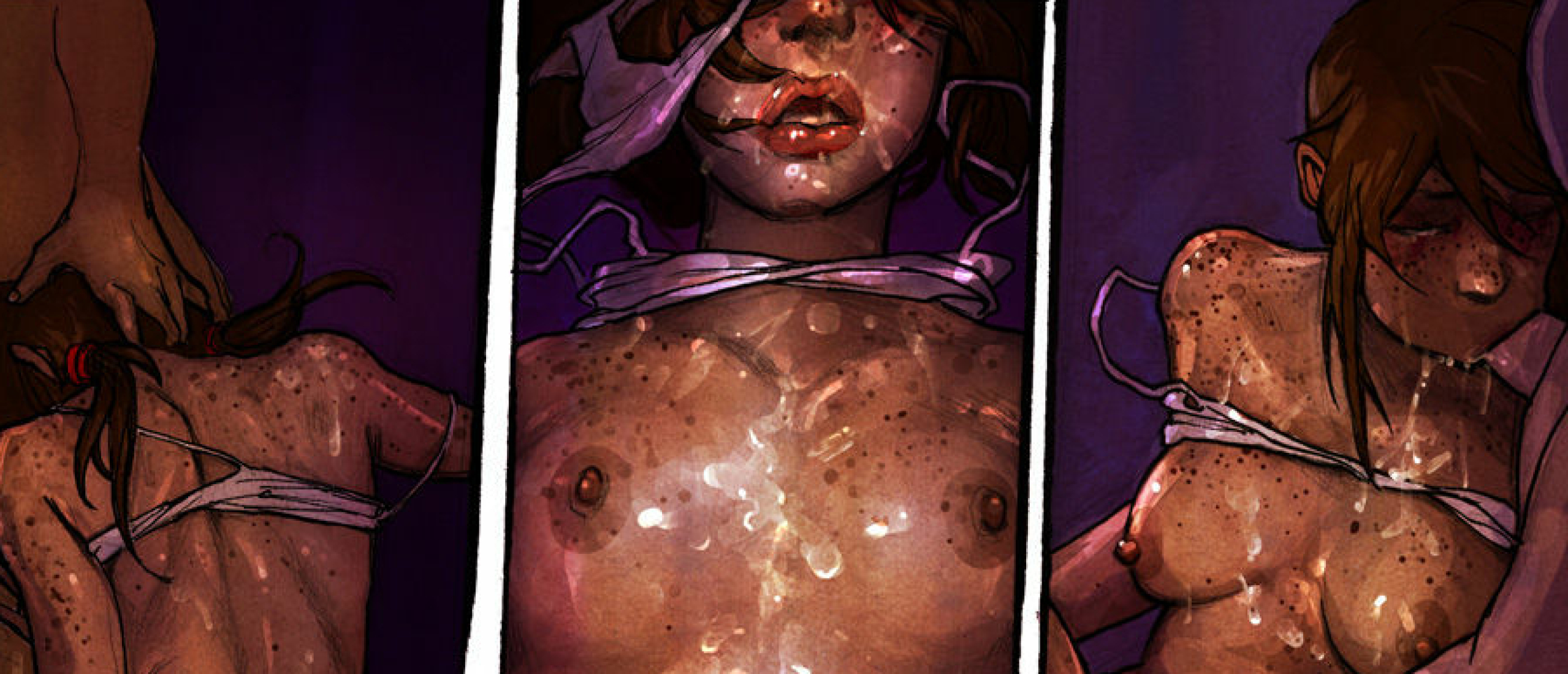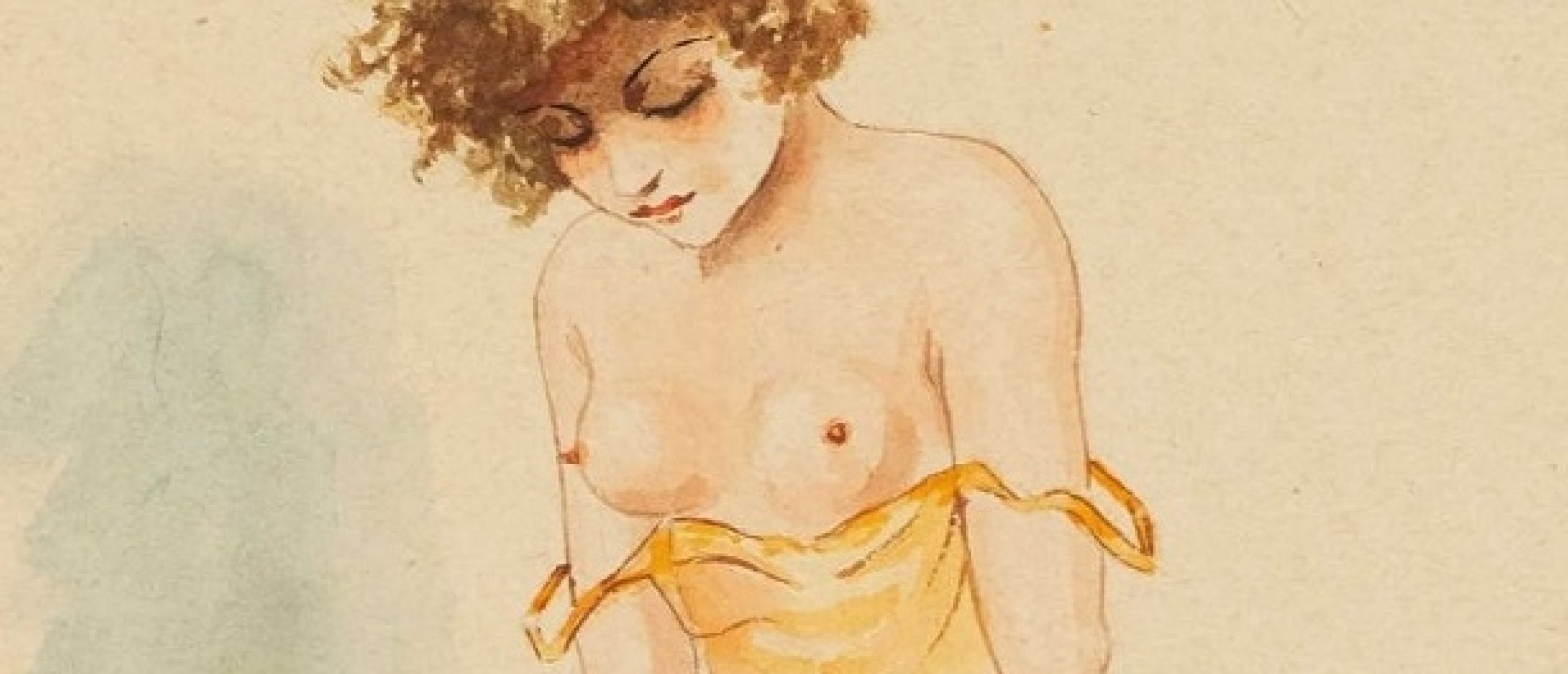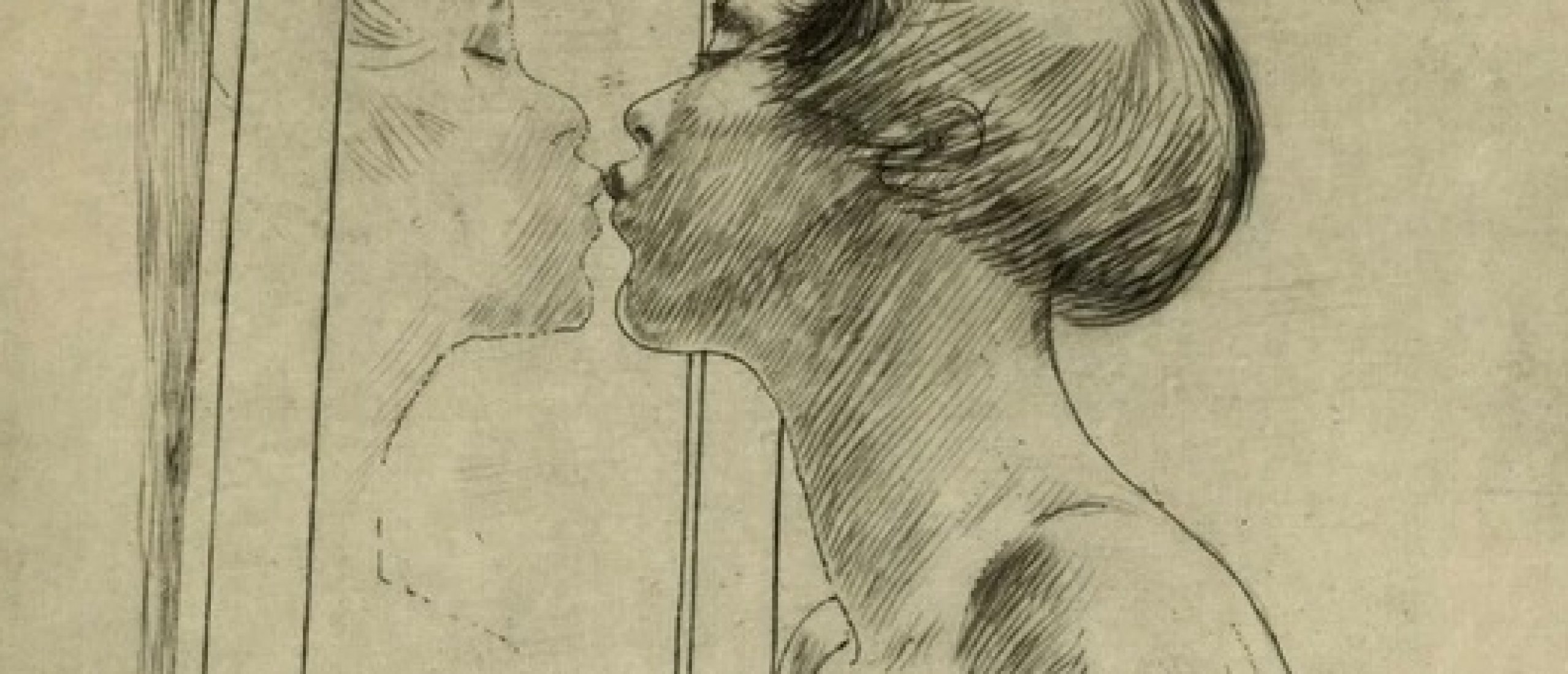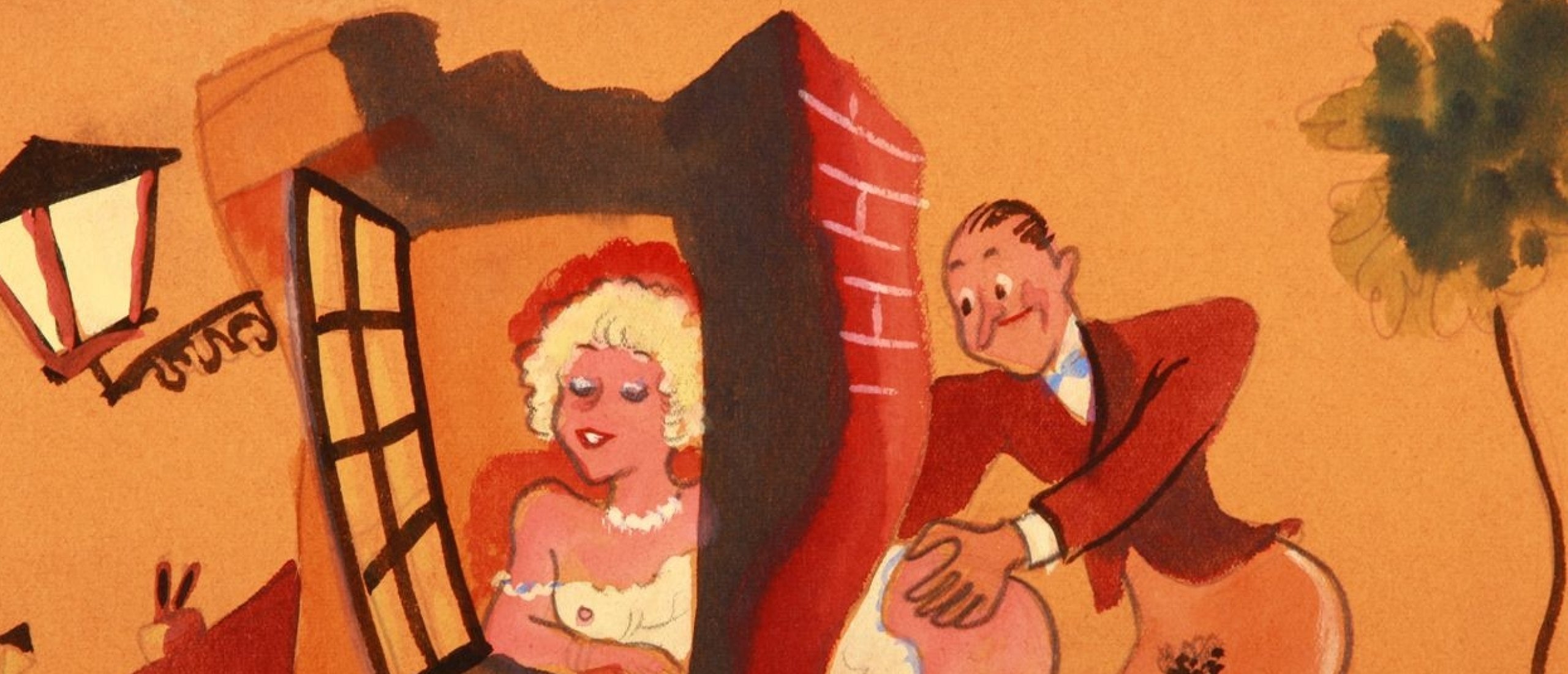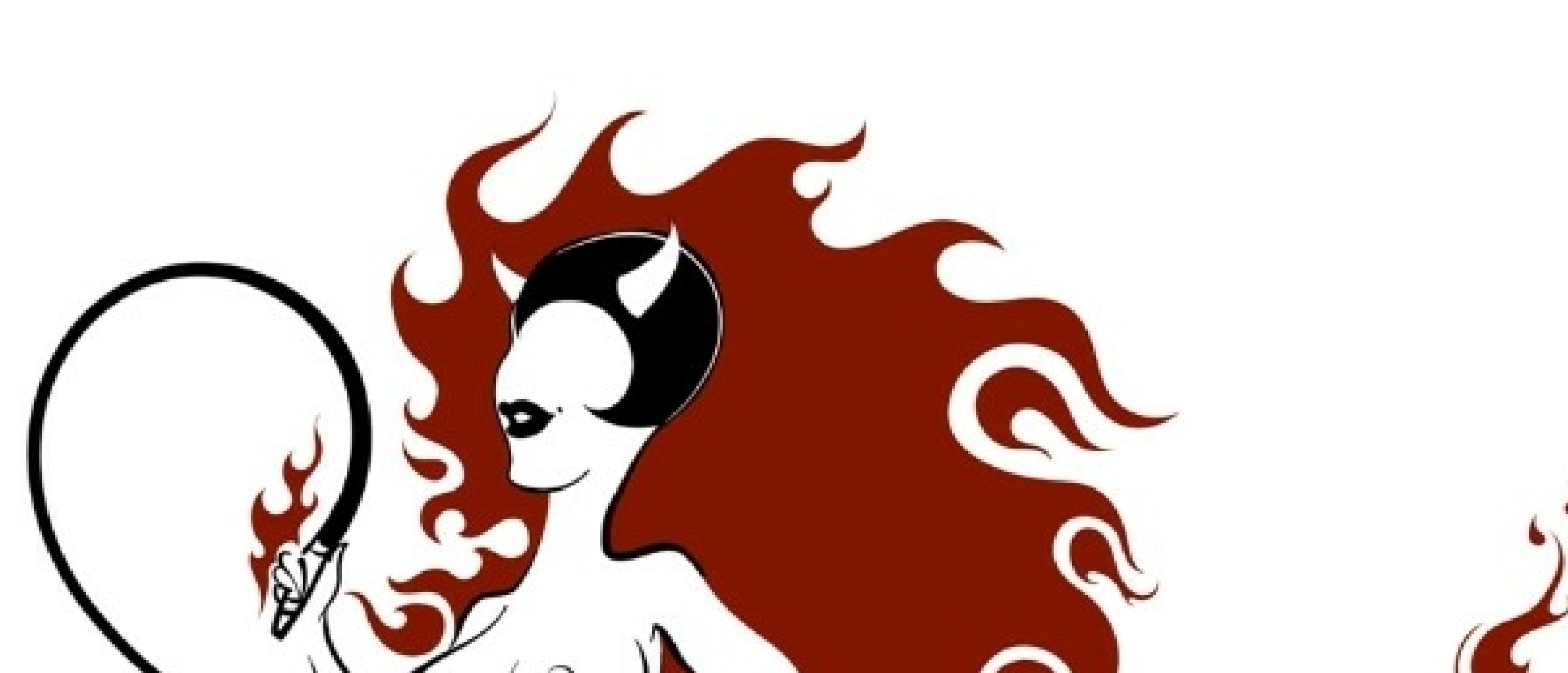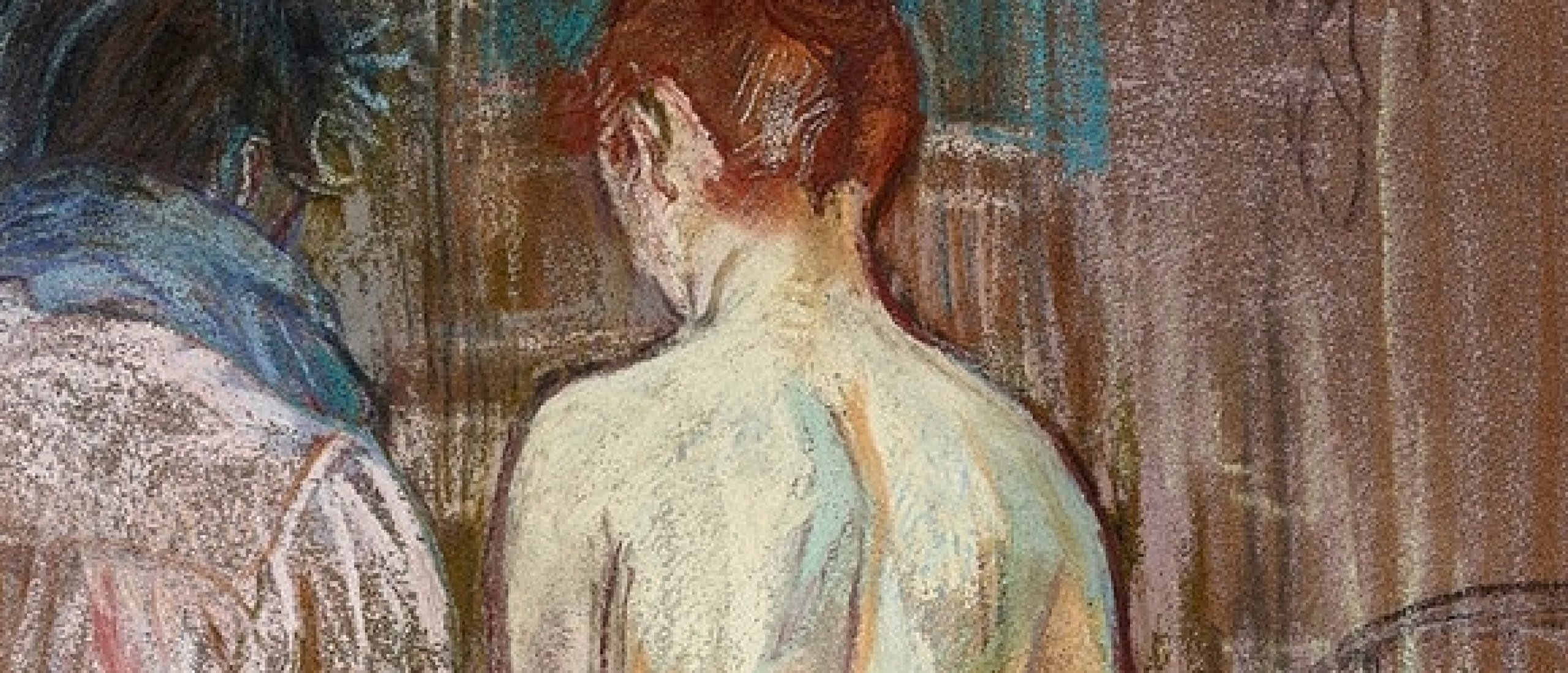
The image of the woman in the works of French painter and engraver Edouard Chimot (1880-1959) changed from the one that can be seen in the illustrations for the expensive editions of classic texts to a kind of babe on the covers of paperback novels. Chimot was known as a devotee of symbolism, so his art has a macabre aspect resembling the paintings of Felicien Rops. Chimot illustrated many erotic books, among which were iconic authors like Pierre Louÿs and Paul Verlaine. Let's examine some of his works labeled both erotic and pornographic.
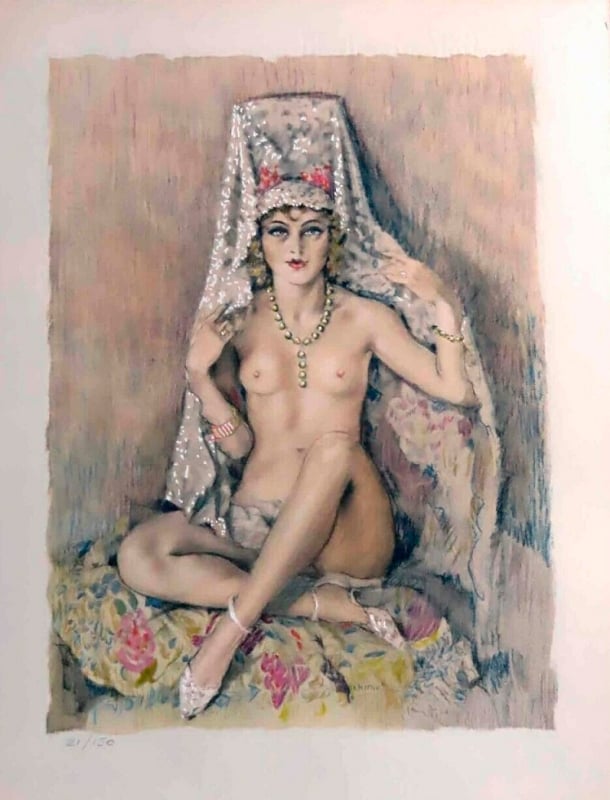
Fig. 1.
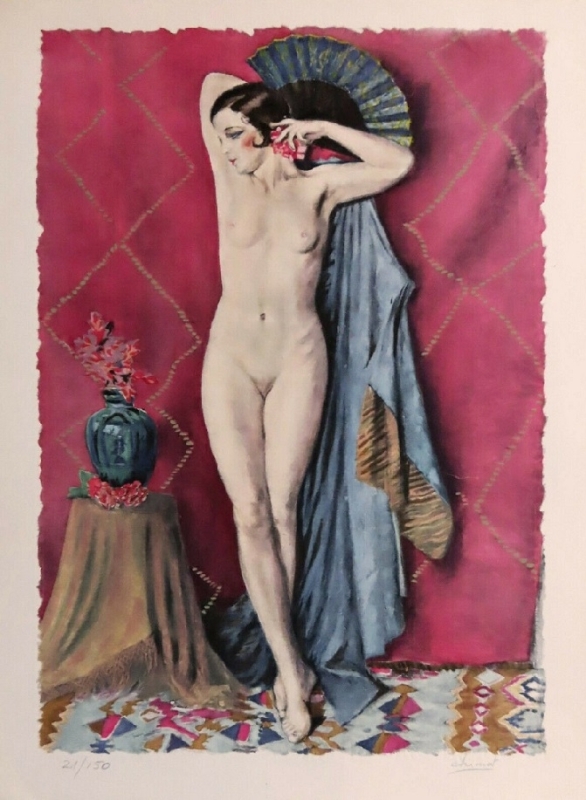
Fig. 2.
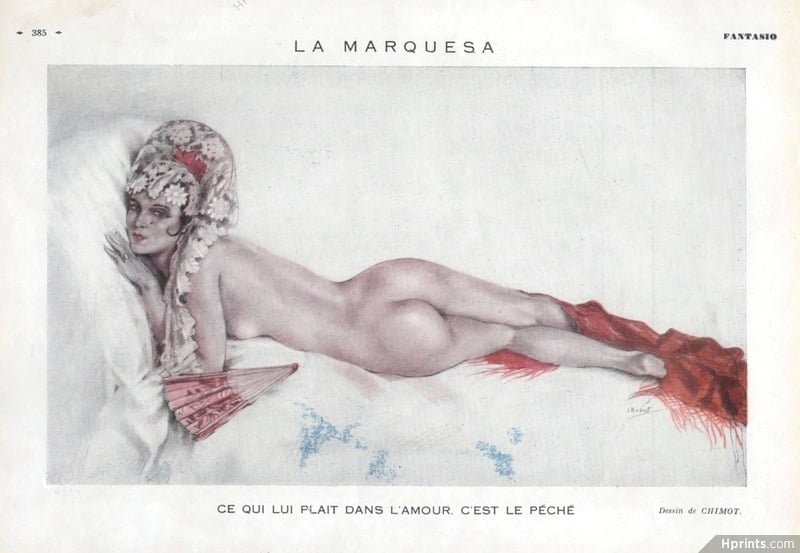
Fig. 3. “What pleases him in love is sin”, illustration in Fantasio (hprints.com)
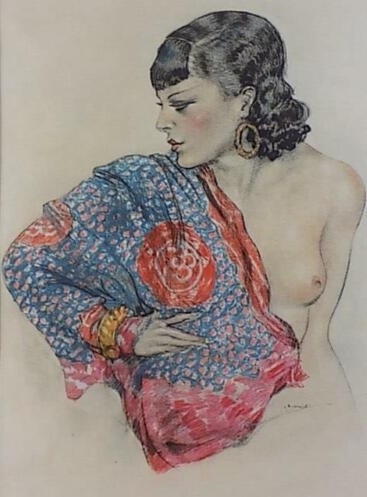
Fig. 4.

Fig. 5.
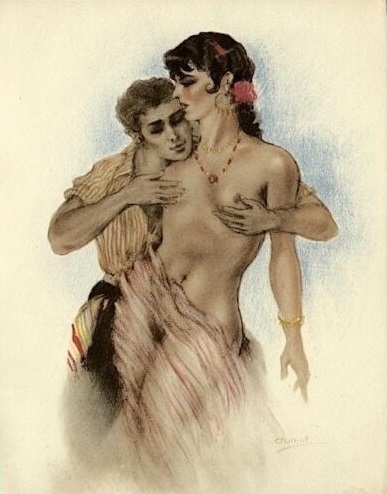
Fig. 6.
Late Start
Edouard Chimot was born in Lille. His childhood and early career remain obscured. He's known to study at the Beaux-Arts, Lille, under Pharaon de Winter, and then at the École des Arts décoratifs in Nice, where his mentors were Jean-Baptiste Levert and Alexis Mossa. Despite studying art from the beginning, Chimot exhibited for the first time only in 1912, when he was 32. Some explain his late start by saying that he was initially trained as an architect and only then began his career as an artist, though this statement is not confirmed by sources like Wikipedia.
Drawing At Night
Having arrived in Paris, the artist tried many jobs to earn a living and had time for drawing only at night. He also obtained an etching press and became a self-taught printmaker. It's said that, before the war, Chimot had an atelier in Montmartre full of "young and pretty women" (sometimes it seems a crucial reason for many men to choose an artistic path). In 1912, Chimot produced 14 etchings for Rene Baudu's book Les Après-midi de Montmartre (Montmartre Afternoons). The outbreak of the World War interrupted Chimot's activity, which was relaunched in 1919.
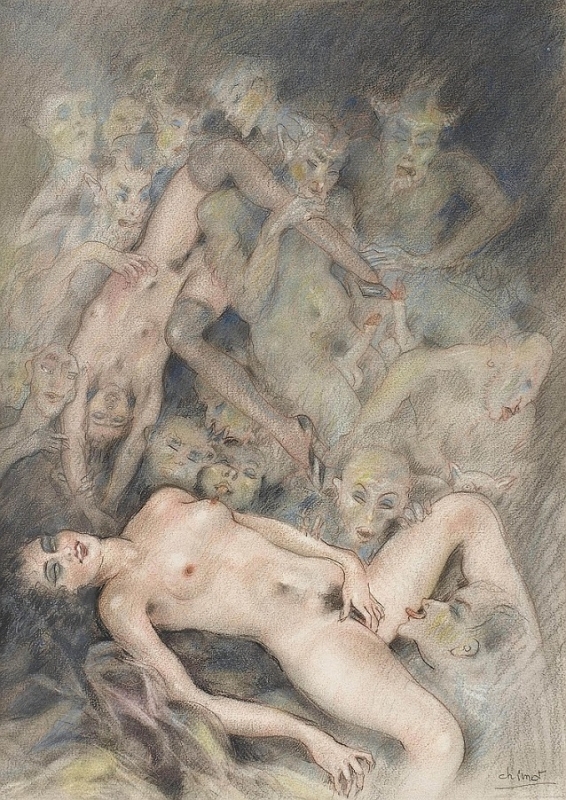
Fig. 7. heavymusicartwork.com
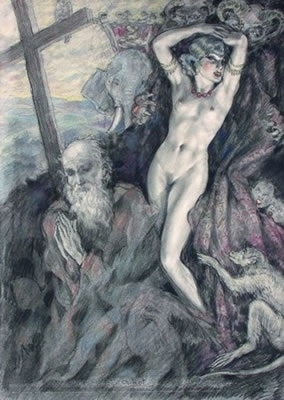
Fig. 8. Temptation of St. Anthony (askart.com)
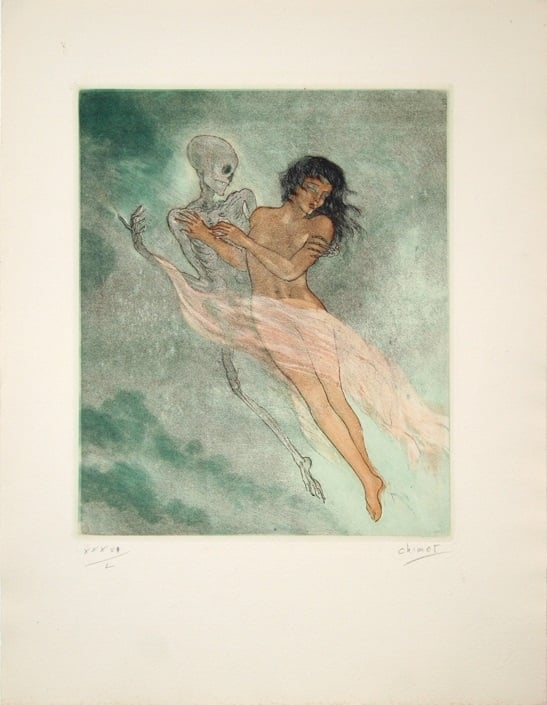
Fig. 9. Death and maiden (pasqualeart.com)

Fig. 10. artnet.com
The Art Director And Filmmaker
When the war was over, the artist rented the studio of Auguste Renoir. From 1920 to 1922, Chimot produced drawings and etchings for Opium Evenings by Maurice Magre, The Fool by Aurele Partorni, The Pale Little Joanne by Jean de Tinan, and many other books. The breakthrough was his work as an art director of Éditions d'Art Devambez, the French publishing house, from 1923 to 1931. During this period, Chimot supervised the publishing of art books by many prominent figures of that time, such as Tsuguharu Fujita.
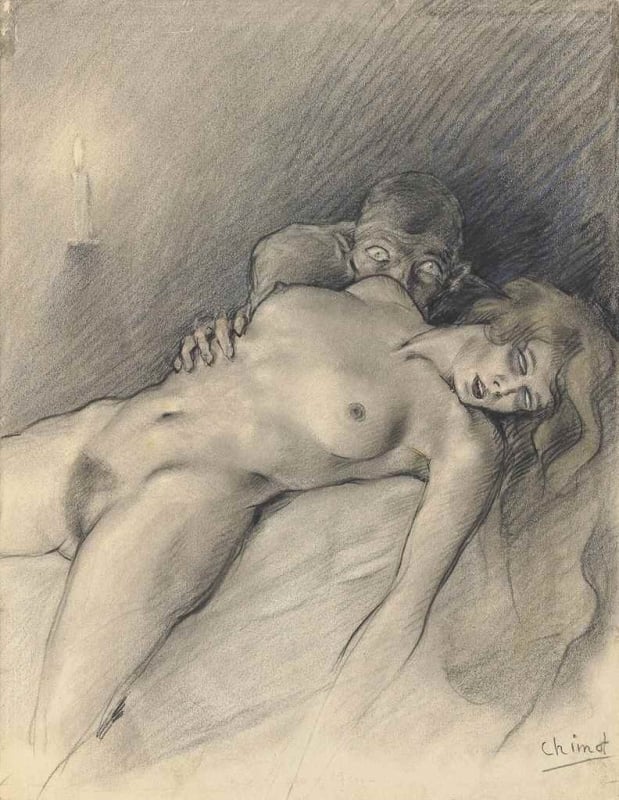
Fig. 11. azureedge.net
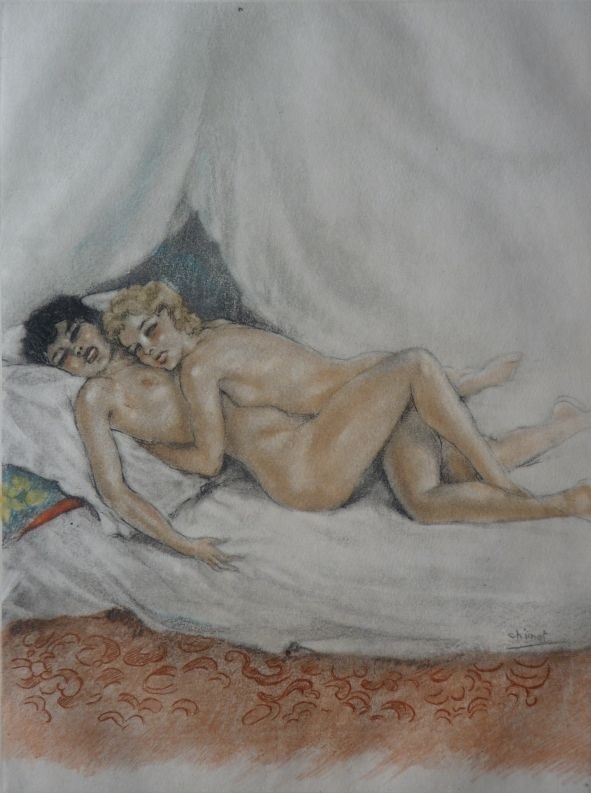
Fig. 12. vincentgbarlow.co.uk
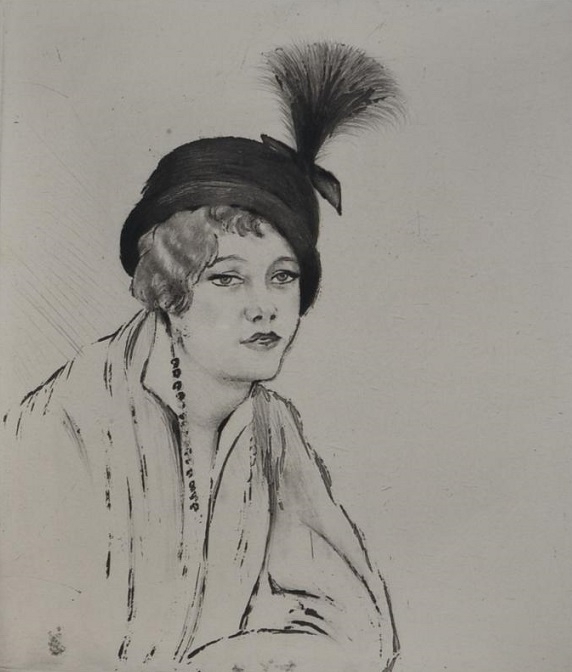
Fig. 13. Illustration for Rene Baudu’s Les Après-midi de Montmartre (abebooks.com)
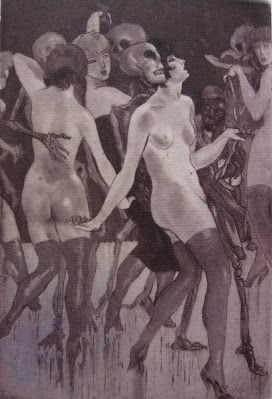
Fig. 14. Le café-concert maudit, 1920 (ligotti.net)
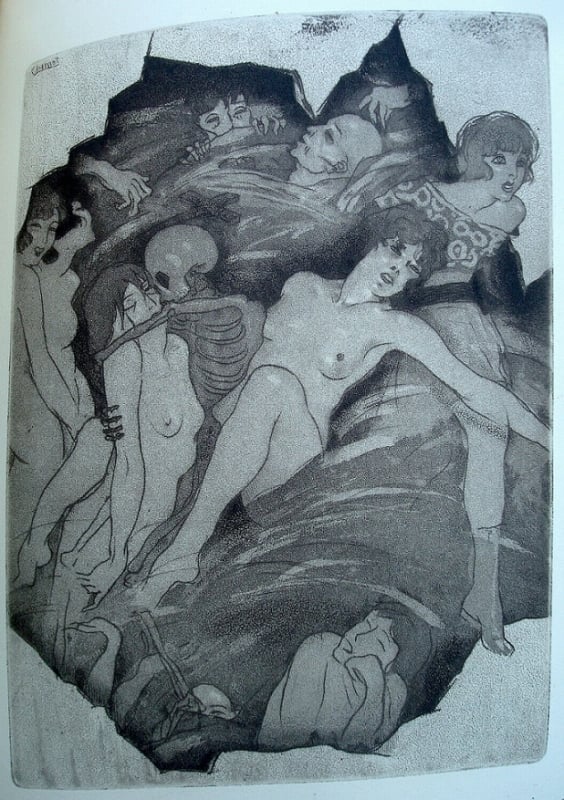
Fig. 15. Illustration for Henri Barbusse’s Hell, 1921
In the extended Premium version of this article you discover can, among other things more about Chimot's work as a film director, his macabre aesthetics featuring copulating satyrs and devils, lesbians, skeletons, and including a rare fascinating etching depicting an unusual reversed slave role.
Click HERE for the satan servants and the spirit of Salem in the pictures of Félicien Rops
Source: wikipedia.org;

